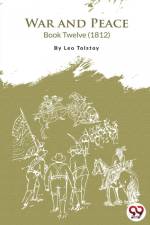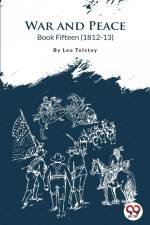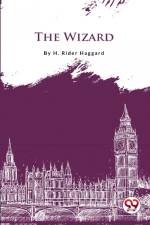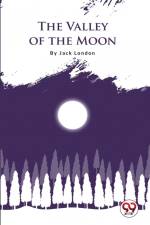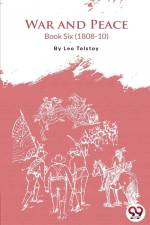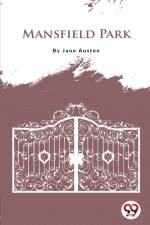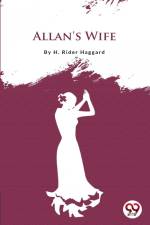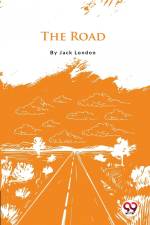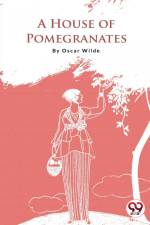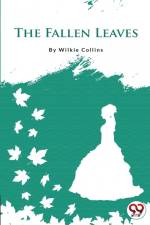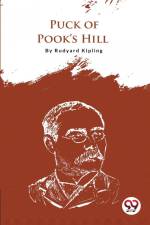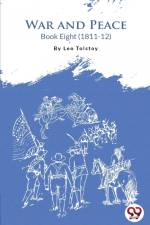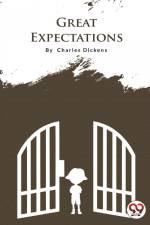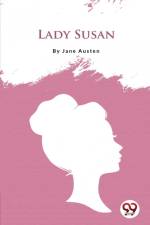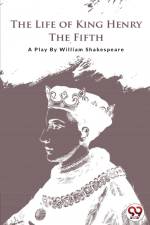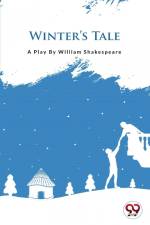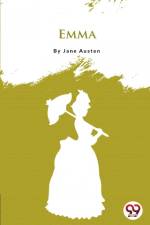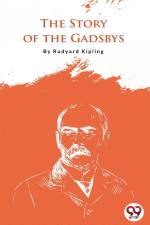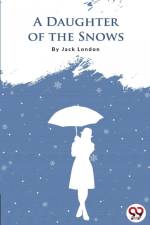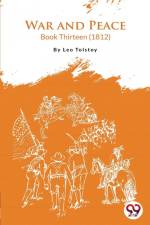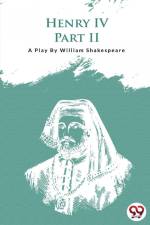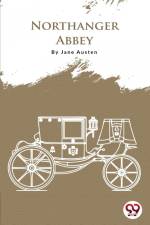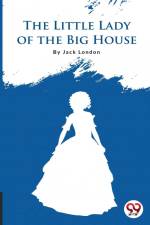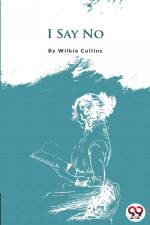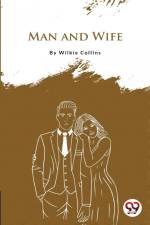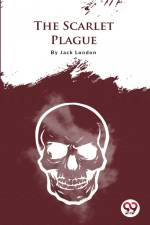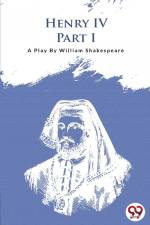av William Shakespeare
195,-
William Shakespeare made Henry IV, Part 1 during or before 1597. It is the second play in a tetralogy known as 'Shakespeare's Henriad' which contains, all together, Richard II; Henry IV, Part 1; Henry IV, Part 2; and Henry V. The play happens over around a year, starting with the fight at Homildon in Northumberland among Hotspur and Douglas in 1402, and expands through the fight at Shrewsbury in 1403. From its commencement, the play was massively popular among a wide-open crowd, large numbers of whom were illiterate. It has been considered the best of Shakespeare's Henriad plays. The play starts amidst the turbulent rule of the previous Henry Bolingbroke, presently King Henry IV. He desires to send off a campaign over the Holy Land to layout a stronger grounded authority, however, is distracted by fights with Wales and Scotland. Simultaneously, he has fought with the Percy family, which assisted him with ascending to the high position. He likewise fought with the Earl of March, Edmund Mortimer, the man whom the previous ruler, Richard II, decided to be his main beneficiary. Furthermore, King Henry is troubled by his child, Hal, the Prince of Wales - the one who will one day become Henry V. Hal has evaded his imperial obligations to visit bars with losers and his alluring dearest friend, Sir John Falstaff. The major portion of the play pivots between three unmistakable gatherings of characters, which at last combine at the conclusive Battle of Shrewsbury. The main gathering incorporates King Henry and his counsels; the second is a gathering of renegades drove by Thomas Percy, including his nephew, "Hotspur" and Hotspur's father, the Earl of Northumberland. The third, the most focal gathering includes Prince Hal and his friends, Falstaff, Bardolph, Peto, and Points. This gathering gives a large part of the play's entertainment. Toward the beginning of the play, the ruler communicates outrage at Hotspur for declining to deliver a gathering of prisoners kept after a trial to threaten the Scots at Holden. In return, Hotspur believes the lord should purchase out his better half's brother, Edmund Mortimer, from his Welsh capturer, Owen Glendower. King Henry denies it, scrutinizing Mortimer's dedication. Mortimer and the Percy's join trying to remove King Henry from the crown. The play moves to Hal's gathering as they are occupied with one of their drinking ceremonies. Hal loves Falstaff yet takes pleasure in ridiculing him. He joins a strategy decided by Points, in which they take on the appearance of crooks and deny Falstaff and a few other fellows of their plunder. Afterward, Hal gets a kick out of hearing Falstaff's untrustworthy recap of the theft, then, at that point, reveals himself to be the burglar and returns his money. Behind the scenes, Hal communicates assurance that his long stretches of heedlessness and good times will end and he will get back to the realm as Henry's successor. He means to change his public appearance from an uncultured toasted to an aristocrat, and consequently, shock the illustrious courts into regarding him. ...

